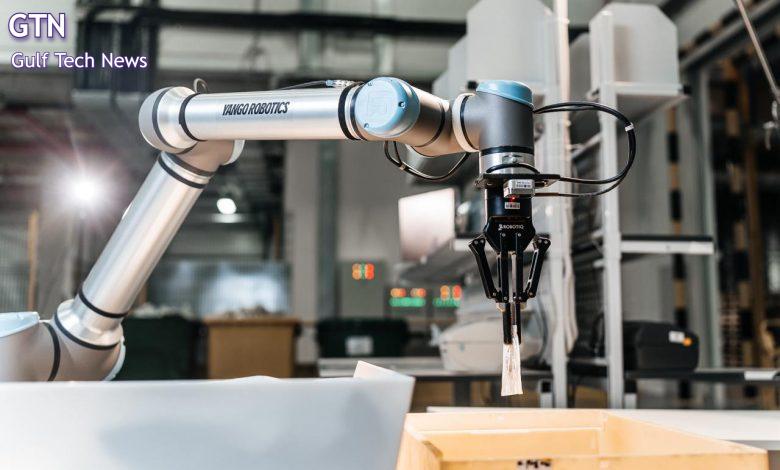Four game-changing tools revolutionising retail operations

Consumer demand in the Middle East is rising fast, driven by omnichannel shopping habits and the expectation of speed and accuracy.
AI-powered automation has become essential for retailers to keep up. McKinsey projects AI contribute up to $150 billion to GCC economies by 2030, while the UAE’s retail sector is forecast to reach $74.87 billion by 2028. Yango Tech has outlined four key tools retailers can use to succeed in this environment.
1. AI Agents
AI agents are transforming retail with several capabilities. On the front end, they deliver contextually relevant recommendations in real time, tailoring offers based on location, cultural moments, or the weather, while conversational AI enriches the journey with human-like assistance in native languages.
They also harness predictive capabilities by analysing unstructured data, from social media to past purchase behaviour, to anticipate shifts in demand and refine pricing or promotional strategies. Ahead of Eid Al-Adha, for instance, they might spotlight premium meat cuts or traditional Arabic sweets, helping retailers unlock revenue increases of 10–15%.
Beyond customer-facing roles, AI agents drive efficiency behind the scenes. Procurement agents compose RFPs, compare vendor offers, and execute sourcing decisions directly in procurement systems, saving up to 80% of manual effort. Replenishment agents forecast inventory gaps, adjust orders dynamically, and use computer vision to redistribute stock or reroute deliveries, boosting accuracy to 95% and cutting waste.
Content management agents accelerate time-to-listing by auto-generating product cards, adapting content to trends, and ensuring consistency across markets. Pricing agents track competitor SKUs and demand elasticity in real time, optimising promotions and delivery fees to protect margins while sustaining competitiveness.
2. Smart Price Tags
Price intelligence has become crucial for staying competitive with today’s informed and price-sensitive shoppers. Dynamic pricing algorithms can review millions of products in minutes, optimising strategies at a speed human decision-making cannot match. By applying ML to track competitor pricing, market trends, and demand elasticity, retailers can adjust prices in real time, boosting gross merchandise value by up to 20%.
These systems also factor in seasonal shifts, fluctuating supply costs, and product shelf life, while surge pricing AI manages delivery fees or order values during peak periods to protect margins. Digital twin technology strengthens this further by creating virtual replicas of stores, streaming data from sensors and cameras into pricing systems.
This real-time visibility into shelves and product movement ensures that pricing decisions are tied directly to availability, enabling retailers to reduce waste, streamline operations, and maintain customer trust while driving profitability.
3. Computer Vision
Computer vision (CV) is redefining how retailers manage store layouts and product assortments by moving beyond static, manually updated plans. Instead of relying only on historical sales data, AI agents equipped with CV analyse real-time customer traffic and interactions to continuously optimize shelf arrangements and product placement. This creates store environments that adapt dynamically to shopper behaviour, boosting sales and improving the overall experience.
CV also provides granular insights into store-specific conditions, from equipment to layout constraints, enabling smarter decisions. Beyond the shop floor, warehouses use CV to monitor dispatch accuracy, logistics teams track the condition of trucks in transit, and managers can oversee staff performance in real time. Paired with augmented reality, the technology also delivers richer customer engagement, allowing shoppers to virtually try on clothes or visualize furniture directly in their homes.
4. Robotic automation
Robotics is moving from concept to necessity in retail. In warehouses, robotic pickers trained through behavioural cloning by human experts and thousands of real-world warehouse scenarios reach up to 95% picking accuracy. With the repetitive warehouse tasks taken over, staff can focus on higher-value work and boost productivity.
Autonomous delivery robots are also emerging as practical solutions for dense urban areas. Equipped with high-precision navigation, they operate 24/7 and cut emissions compared to traditional vehicles.
They complement existing fleets by reaching locations where larger vehicles cannot, supporting zero-emission urban logistics. As battery technology and urban infrastructure advance, their role in retail operations will continue to expand.





